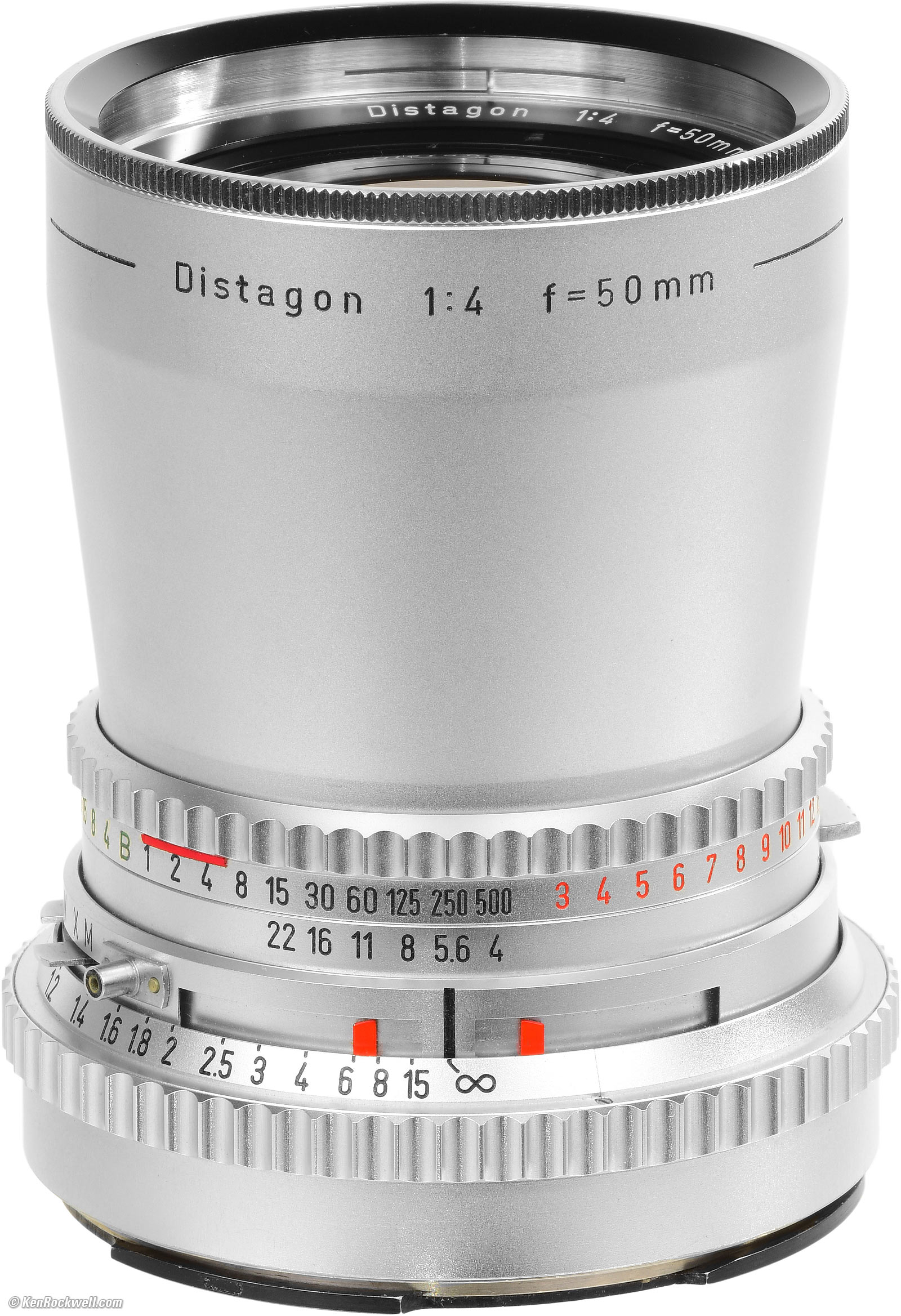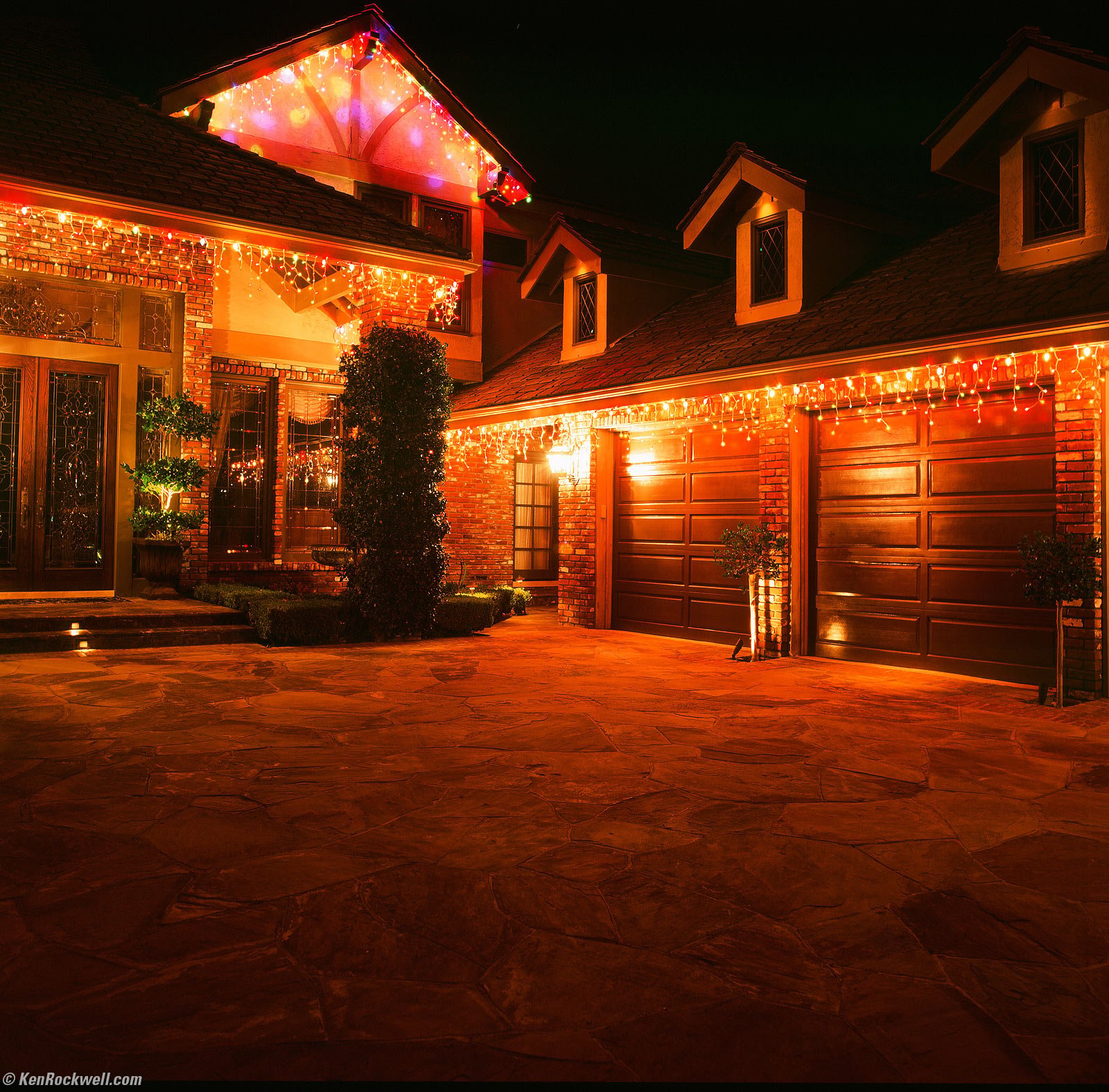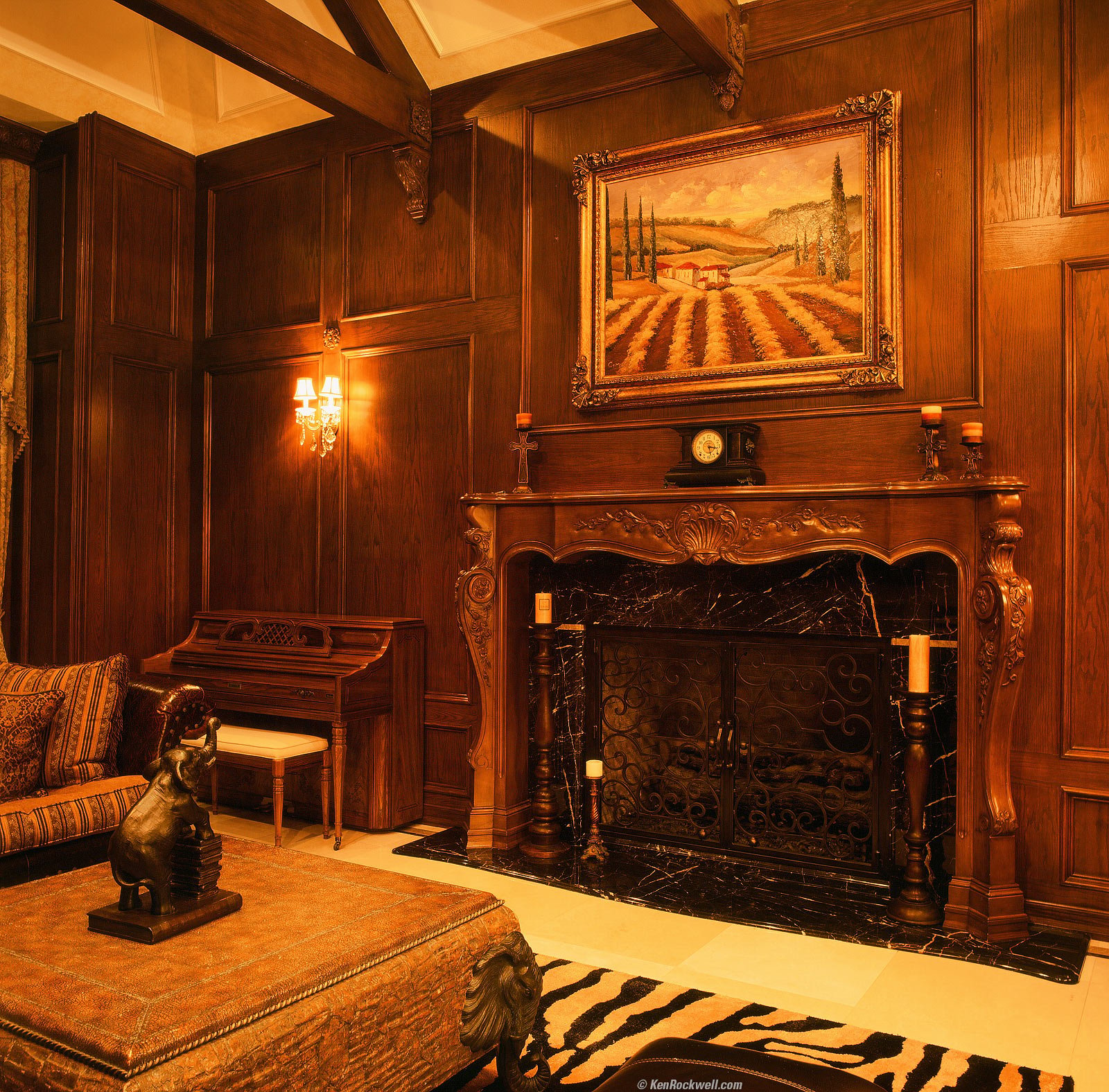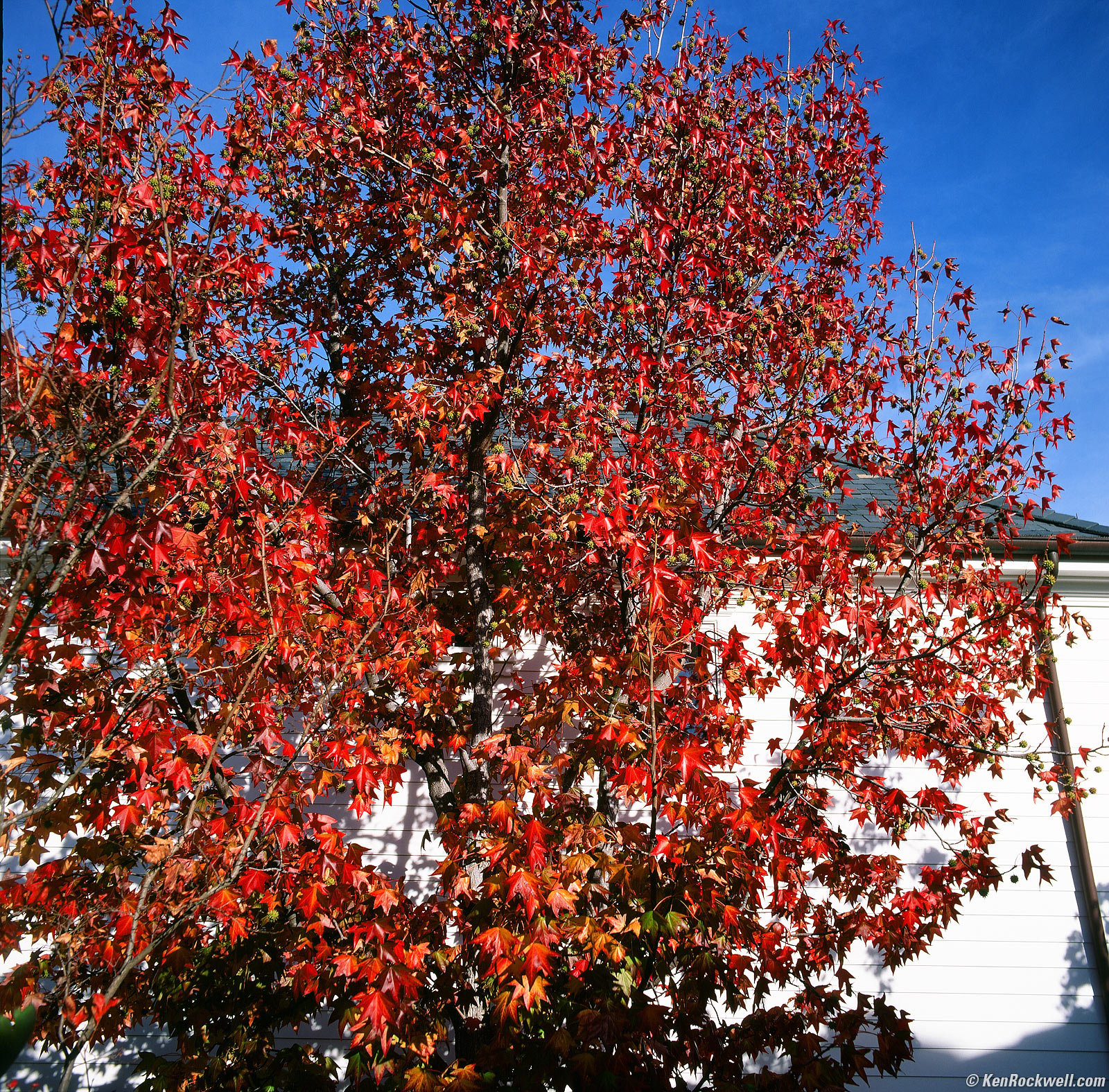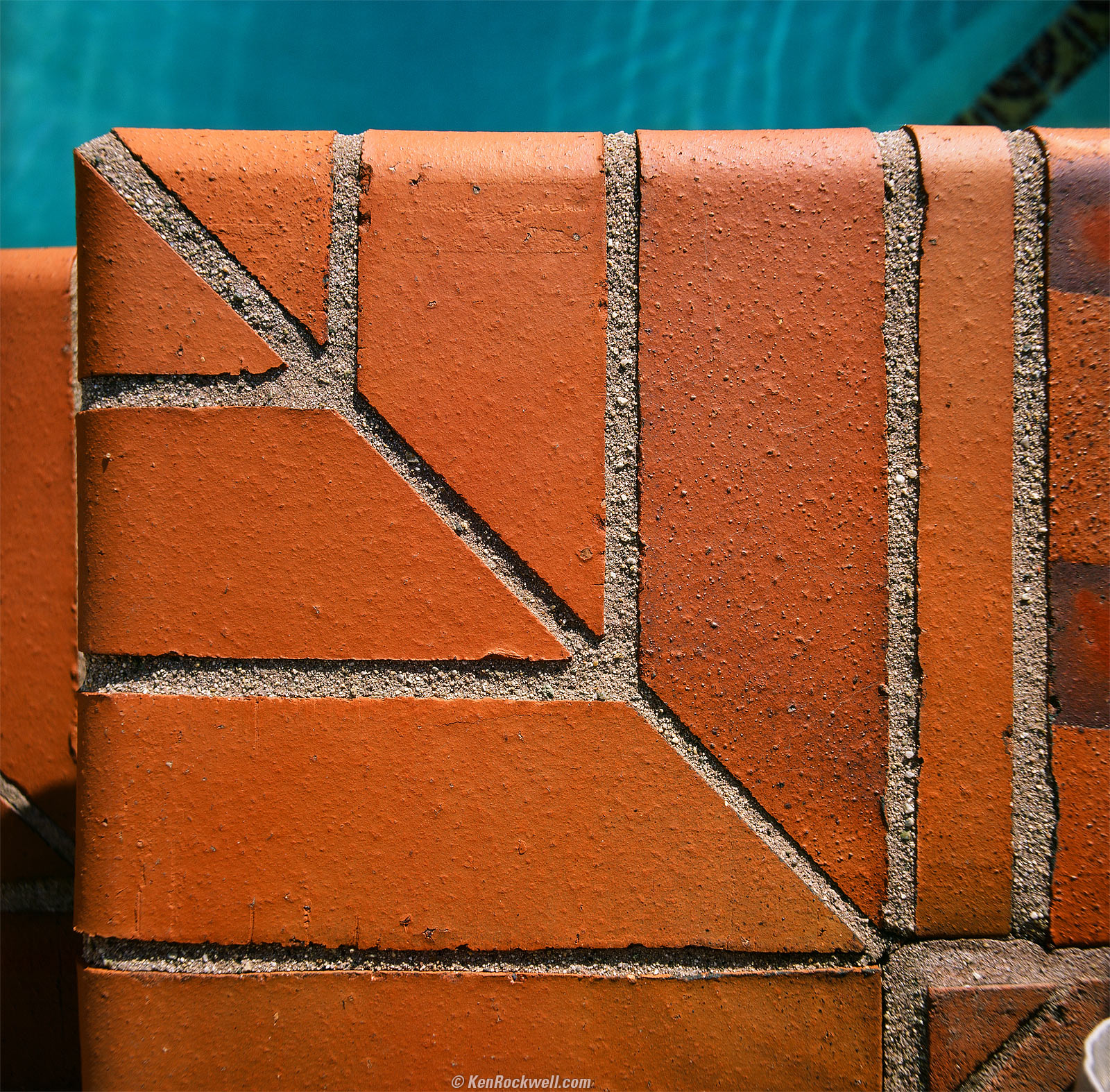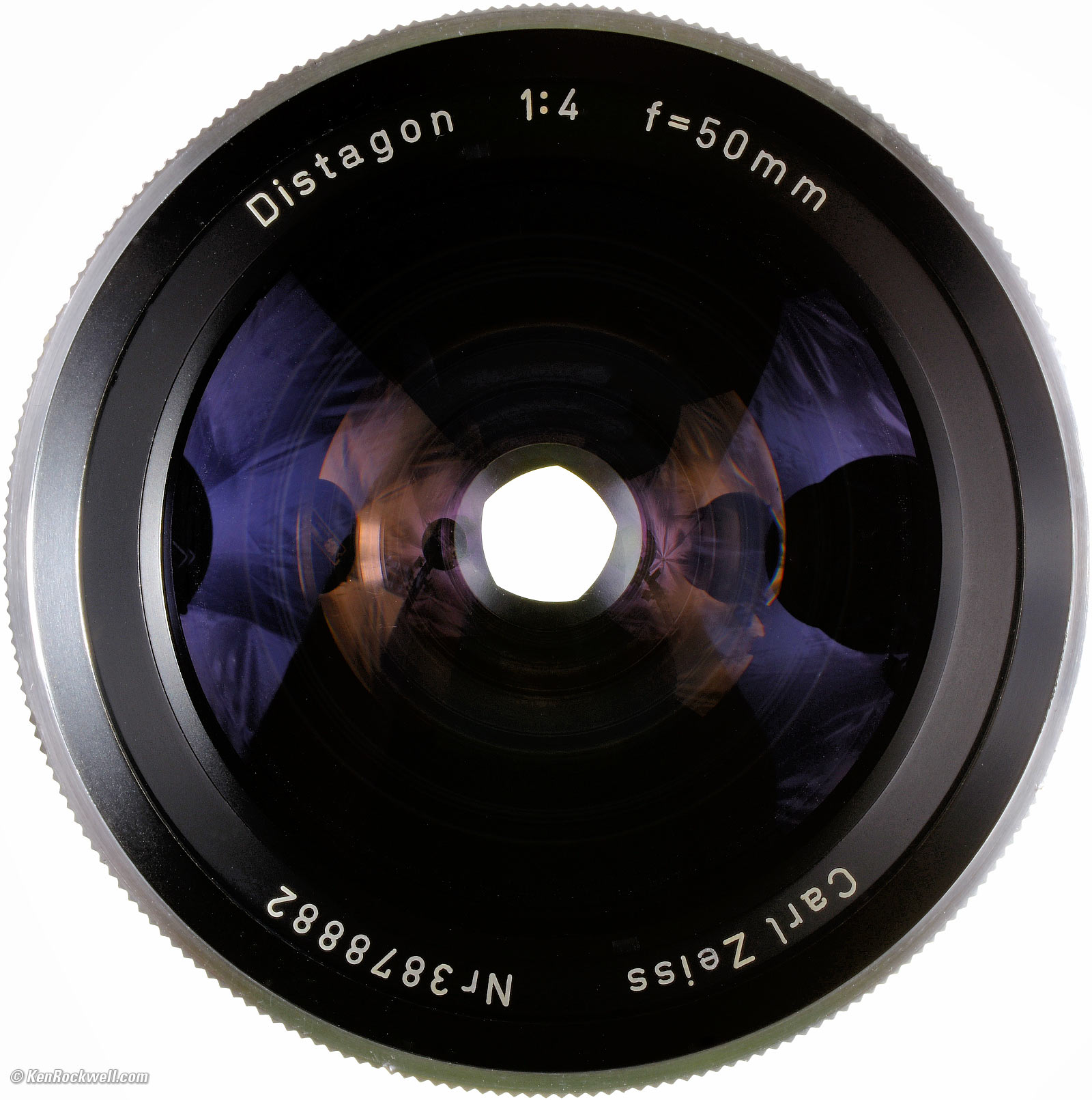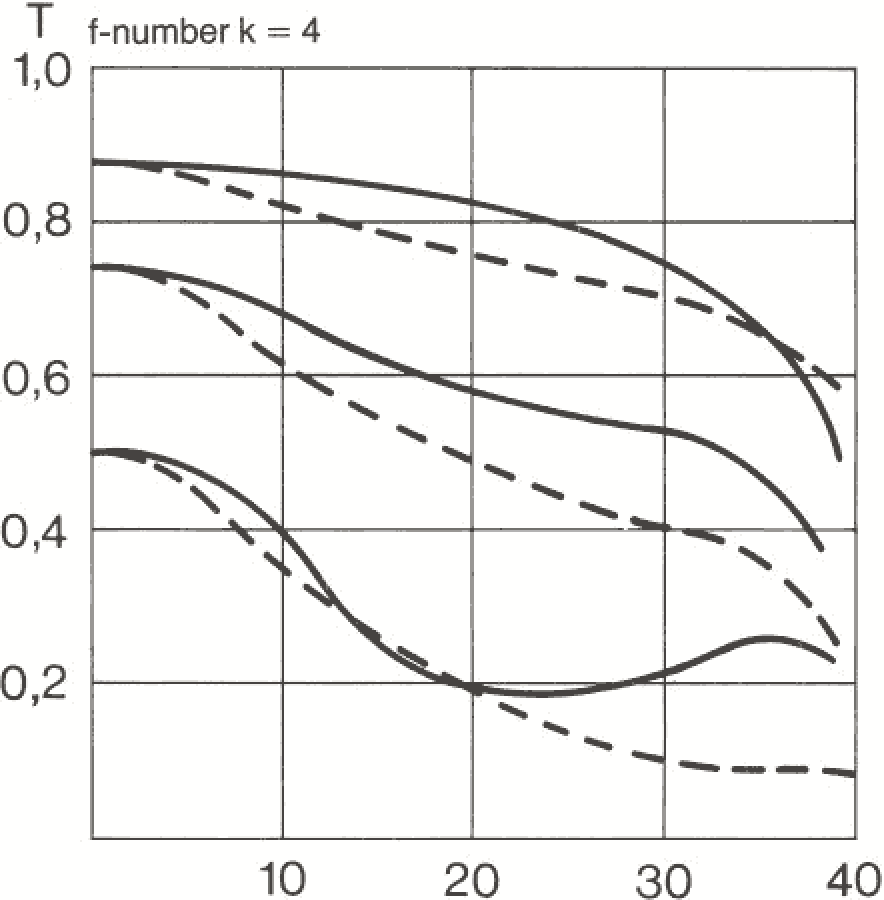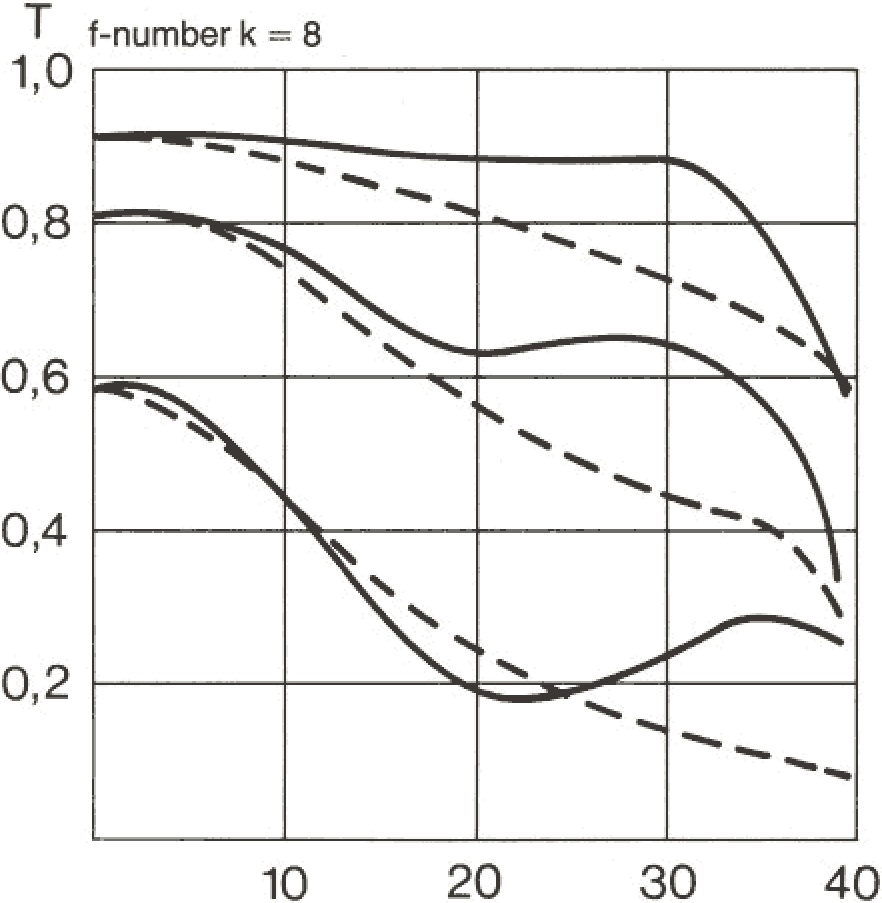Hasselblad 50mm f/4
Zeiss Distagon for V System (1964-1982)
Sample Images Intro History Compatibility Format Specifications
Performance Compared Usage Recommendations More
Zeiss Distagon 50mm f/4 C (fits Hasselblad V system, this sample from 1965, Series VIII (Series 8 or "63mm") filters, 32.3 oz./916 g, 1.5'/18"/0.45m close focus, about $350 ($150 ~ $500) used if you know How to Win at eBay.) bigger. I got mine at this link directly to them at eBay. Never buy at a retail store or dealer; you'll pay way too much and have very limited options if you don't like it.
This all-content, junk-free website's biggest source of support is when you use those or any of these links to my personally-approved sources when you get anything, regardless of the country in which you live. Use only the approved sources I use myself for the best prices, service, return policies and selection. Thanks for helping me help you! Ken.
January 2016 Zeiss reviews Hasselblad reviews All reviews
Why fixed lenses take better pictures
Sample Images
Top Sample Images Intro History Compatibility
Format Specifications Performance Compared
Christmas Lights, 9:39PM, 04 December 2015. Hasselblad 500 C/M, Zeiss Distagon 50mm f/4, focus set to 10 meters, f/8 at 64 seconds (EV 0/ LV 1) on original Fuji Velvia (not Velvia 50; this is original Velvia frozen when new and expired 2006-09). NCPS process and scan. bigger.
Stately Home, 04 December 2015. Hasselblad 500 C/M, Zeiss Distagon 50mm f/4, 3 meters focus distance, f/16 at 32 seconds (EV 3/ LV 4) on original Fuji Velvia (not Velvia 50; this is original Velvia frozen when new and expired 2006-09). NCPS process and scan. bigger.
Red Maple in Fall Color, 4:12 PM, 06 December 2015. Hasselblad 500 C/M, Zeiss Distagon 50mm f/4, 5.8 meters focus distance, f/8 at 1/125 (EV 13/ LV 14) on original Fuji Velvia (not Velvia 50; this is original Velvia frozen when new and expired 2006-09). NCPS process and scan. bigger.
Pool and Filter Cover, 2:44pm 06 December 2015. Hasselblad 500 C/M, Zeiss Distagon 50mm f/4, 895mm focus distance, f/11 at 1/60 (EV 13/ LV 14) on original Fuji Velvia (not Velvia 50; this is original Velvia frozen when new and expired 2006-09). NCPS process and scan. bigger.
Orange Brick by Cyan Pool, 2:50 PM 06 December 2015. Hasselblad 500 C/M, Zeiss Distagon 50mm f/4, 775mm focus distance, f/13.5 at 1/60 (EV 13½/ LV 14½) on original Fuji Velvia (not Velvia 50; this is original Velvia frozen when new and expired 2006-09). NCPS process and scan. The softer corners are due to astigmatism seen only at close range; this problem is eliminated in the newer FLE 50mm lenses. bigger.
Introduction
Top Sample Images Intro History Compatibility
Format Specifications Performance Compared
The Zeiss Distagon 50mm f/4 is an optically and mechanically superior lens.
It's one of the four most classic Hasselblad and Zeiss lenses of all time, along with the Planar 80mm f/2.8 C, Sonnar 150mm f/4 C and Sonar 250mm f/5.6 C.
While the 250mm lens was a bit exotic, this 50mm along with the 80mm and 150mm lenses were in every top professional photographer's bag from the 1960s through the 1980s.
Ansel Adams shot this lens extensively in the period. Good enough for Ansel, good enough for me.
History
Top Sample Images Intro History Compatibility
Format Specifications Performance Compared
This 50mm f/4 Distagon was sold in several different versions, all with identical optics:
1964 ~ 1973: Chrome, Series VIII filters
Chrome C version seen and reviewed here.
1972 ~ Today: T✻
T✻ brand multicoating was added in 1972.
You will see some chrome T✻ versions.
1973 ~ 1982: Black T✻, Series VIII filters
Black C version. Same as seen and reviewed here, simply finished in black to get people to buy new ones.
All of these will be multicoated (T✻ trademark).
1982 ~ 1989: CF T✻, Bayonet 60 filters
The Zeiss Distagon T✻ 50mm f/4 CF uses exactly the same optics, in a completely different barrel with a completely different shutter.
The CF versions have stiffer (more damped focus) than the C versions.
1989 ~ 2000: CF FLE T✻, Bayonet 60 filters
In 1989 a completely different 50mm design was introduced. It has manually adjustable optics to improve astigmatism in the corners at close focus distance.
This is a completely different lens and not reviewed here.
2000 ~ 2013: CFi FLE T✻, Bayonet 60 filters
The CFi has exactly the same optics as the CF FLE.
It has less legible (all the same color) foot and meter markings and ribbed rubber grips.
Hasselblad claimed other various minor improvements, like easier focussing. Seeing how the original C versions also had easier focussing than the CF versions, it seems like Hasselblad simply returned to the same thing as in the beginning.
This is a completely different lens and not reviewed here.
Zeiss Distagon 50mm f/4 C. bigger.
Compatibility
Top Sample Images Intro History Compatibility
Format Specifications Performance Compared
The Hasselblad Zeiss Distagon 50 4 works on all V system Hasselblad cameras, but not today's H system from the Orient.
It doesn't work with the ancient 1600 and 1000 focal plane cameras from 1948-1957.
All versions of the 50/4 all work on all the usual 500, 501 and 503 series.
Only the CF and CFi versions work optimally on the focal-plane cameras like the 200 and 2000 series.
Format
Top Sample Images Intro History Compatibility
Format Specifications Performance Compared
It covers 2¼" (56.5 mm) square, or a 3.15" (80mm) diagonal.
It makes a 55.0mm wide x 55.5mm tall (78.1mm diagonal) image on an A12 magazine.
Specifications
Top Sample Images Intro History Compatibility
Format Specifications Performance Compared
Name
This is the Zeiss Distagon 50mm f/4.
It's made by Zeiss for Hasselblad.
"Distagon" is the trademark Zeiss uses for any of its retrofocus (wide-angle SLR) lenses.
Multicoated versions are marked T✻.
Optics

50mm f/4 C internal diagram.
7 elements in 7 groups.
Actual focal length: 51.3mm.
The 1964 ~ 1972 versions are single coated in blue and amber.
The 1972 ~ 1982 T✻ versions are multicoated mostly in blue, with green on the rear surface.
Flange focal distance: 74.9mm.
Diaphragm
Zeiss Distagon 50mm f/4 C at f/5.6. bigger.
5 straight blades.
Stops down to f/22.
Shutter
Synchro-Compure leaf ("center") shutter.
1 ~ 1/500 and Bulb.
Self timer.
Flash Sync
X (normal) and M (for flashbulbs).
Synchronizes at all speeds; a huge advantage of the Hasselblad system is flash sync at 1/500 for daylight fill flash.
Close Focus
20 inches (1⅔ feet or 0.5 meters), marked, from the image plane.
18 inches (1.45 feet or 0.45 meters), actual, from the image plane.
Maximum Reproduction Ratio
About 1:5.3, measured.
Minimum Subject Field
About 12" (300mm) square, measured.
Focal Length
50mm.
When used on a Hasselblad camera, it sees an angle of view roughly similar to what a 28mm lens sees when used on a 35mm camera.
Angles of View
75° diagonal.
58° horizontal and vertical.
Hard Infinity Focus Stop?
Yes.
Just set it to the stop and you're all set for astronomical photography.
Focus Scale
Yes, very precise, with tick marks.
Depth-of-Field Scale
Yes; the red indicators on the C version move automatically as you set the aperture!
Depth of fields are indicated for a 60 micron circle-of-confusion, which is twice the size usually used for 35mm cameras.
Infra-Red Focus Index
Yes on the CF and CFi version, not on the C version.
Aperture Ring
Yes.
Filters
C version: Series VIII (Series 8), also called "63mm" by Hasselblad to get you to buy their filters.
CF version: metal 60 mm Bayonet (Bay 60 or B60).
Hood
Special 40274 screw-in round threaded hood that doubles as a Series VIII filter holder.
These are hard to find, and there are Chinese copies.
This C lens does not use any bayonet or square hoods, the CF and newer lenses take those.
Size
3.07" (78 mm) diameter by 3.94" (100 mm) overall length.
Weight
C version
32.327 oz. (916.5 g) actual measured weight with included 63mm/Series VIII filter retaining ring. (63mm retaining ring is part number 50350.)
31.510 oz. (893.3 g) if you've lost the filter retaining ring.
Rated 31.2 oz. (885 g).
CF version
27.820 oz. (788.7 g), actual measured weight.
CF FLE version
Rated 28.2 oz. (800 g).
Quality
Made in Germany.
Prices, USA
1977
$2,600 new at discount at B&H, considering inflation for 2015. ($659 in 1977 dollars).
Christmas 2015
About $350 used if you know How to Win at eBay.
Expect to pay about $350 for a nice one. Black or chrome sells for about the same price. An old beater in chrome can sell for as little as $150, and a like-new black one might sell for close to $500.
Performance
Top Sample Images Intro History Compatibility
Format Specifications Performance Compared
Overall Focus Distortion Ergonomics Falloff Filters
Lateral Color Macro Mechanics Sharpness Shutter Sunstars
Overall
The Hasselblad Zeiss Distagon 50mm f/4 is solid, all-metal hunk of precision with superb optics.
Mine is one of the oldest surviving samples on the planet, and it still works great.
Focus
My 1965 sample focuses smoothly and easily.
It focuses more easily than my 50/4 CF, which is more heavily damped.
It's wonderfully precise; the ring turns about 270º from infinity to close-focus distance.
Distortion
The Hasselblad Zeiss Distagon 50 has no visible distortion.
For more critical use, use a value of +0.95 in Photoshop's Lens Distortion tool to remove the minor barrel distortion at infinity.
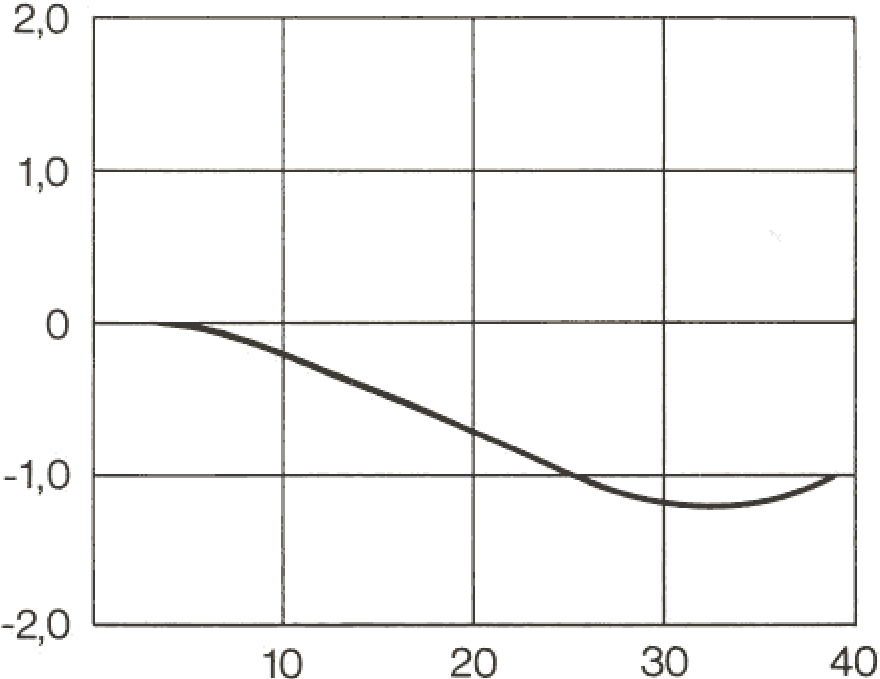
Zeiss' distortion curve.
Ergonomics
Zeiss Distagon 50mm f/4 C. bigger.
The chrome C version is all matte, not shiny, so it's easy to read even in direct sunlight.
Focus is smooth and easy.
The aperture and shutter rings lock together so that every setting is the same exposure value. This is good if you work in the EV system, but cumbersome if you like to set shutter and aperture separately.
Falloff
It has some falloff wide open, most of which which goes away at f/5.6 and is completely gone by f/8.
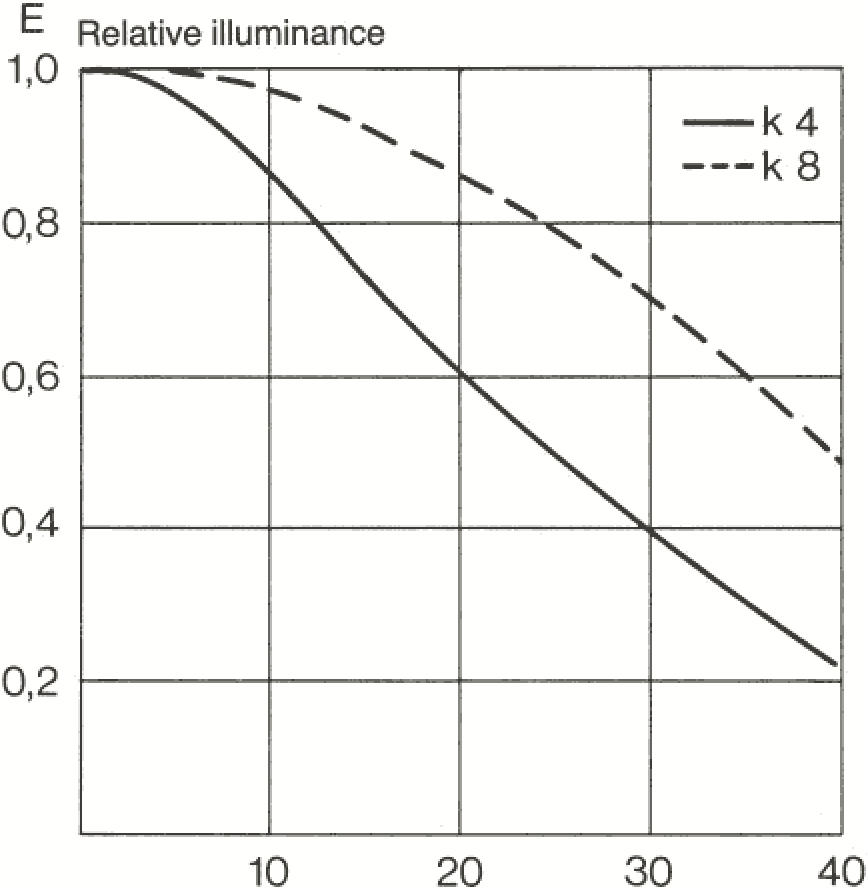
Zeiss' Illuminance curves.
Filters, use with
The C versions use Series VIII (Series 8) filters, also called "63mm" by Hasselblad to get you to buy their brand of filters.
Series 8 filters have no threads and measure 63mm in outer diameter. They attach to this lens with an included retaining ring (part number 50350) which screws into the front of the lens.
The lens has threads, but they are not filter threads. They are for the special filter retaining ring as seen on the sample here.
If you lose this ring, get another, or very gently in an emergency only, 67mm filters will sort of friction-fit to these threads. Don't try to screw it in or you'll destroy your lens!
Lateral Color Fringes
There are no lateral color fringes seen on Velvia on the light table or as scanned at 2,400 DPI.
This is exceptionally good performance.
Macro
Macro gets close enough to fit something about 12" (300mm) square in the 2¼" frame.
This is the closest of the classic non-macro ZEISS lenses.
The catch is that while super sharp at normal distances, this lens isn't very sharp in the corners at macro distances. When shot very close, stop-down if you want the corners sharp.
This is improved in the newer FLE version.
Mechanics
Hasselblad Zeiss Distagon 50mm f/4. bigger.
This is a three-thousand dollar German ZEISS lens. The Hasselblad Zeiss Distagon 50 4 C shown here is solid chromed brass and every marking is engraved.
Newer CF models add more plastic and skimp by painting some markings that should be engraved.
For the C version:
Filter Mount
Chromed or black-finish brass.
Front Barrel
Chromed or black-finish brass.
Focus Ring
Chromed or black-finish brass.
Internals
All metal.
Identity
Engraved into barrel and filled with paint
— and —
Engraved and filled with paint around the front element retaining ring.
Mount
Metal.
Markings
Everything is engraved and filled with paint, even the apertures, shutter speeds, EVS scale, sync indications, and brands and "made in," and every marking.
Serial Number
Engraved and filled with paint on the front element retaining ring.
Date Code
None, use the serial number.
Noises When Shaken
Mild clicking.
Made in
Germany.
Sharpness
Image sharpness depends more on you than your lens, and lens sharpness doesn't mean much to good photographers. It's the least skilled hobbyists who waste the most time blaming fuzzy pictures on their lenses, while real shooters know that few photos ever use all the sharpness of which their lenses are capable due to subject motion and the fact that real subjects are rarely perfectly flat.
This Hasselblad Zeiss Distagon 50mm f/4 is super sharp, even shot wide-open, all the way out to the corners.
This is a real ZEISS lens made by ZEISS in Germany, not some offshore rubbish made by Sony or Cosina and simply branded "Zeiss" for show.
While the MTF curves suggest slightly more sharpness stopped down, in actual use on Velvia as seen on the light table and scanned at 2,400 DPI, it's just as sharp at every aperture right out to the corners.
If you're not getting sharp images, something's not in perfect focus or something moved.
It's so good wide-open that the only real reason to stop down is for depth of field, or for less falloff.
MTF at f/4 and 10, 20 and 40 cycles/mm. bigger. |
MTF at f/4 and 10, 20 and 40 cycles/mm. bigger. |
Shutter
My self timer has a 10 second delay.
My 50-year old shutter is a bit slow, which we expect for something that has never been serviced:
Marked |
Actual |
Actual |
Error |
1 |
1.444 s |
1/0.7 |
0.53 stops slow |
2 |
772 ms |
1/1.3 |
0.63 stops slow |
4 |
410 ms |
1/2.44 |
0.71 stops slow |
8 |
185 ms |
1/5.4 |
0.57 stops slow |
15 |
100 ms |
1/10 |
0.68 stops slow |
30 |
36 ms |
1/27.8 |
0.20 stops slow |
60 |
18.7 ms |
1/53.5 |
0.26 stops slow |
125 |
9.4 ms |
1/106 |
0.27 stops slow |
250 |
4.5 ms |
1/222 |
0.20 stops slow |
500 |
2.68 ms |
1/373 |
0.46 stops slow |
Measured at full aperture, 16 December 2015.
If you want more accuracy, have Gus service it.
Sunstars
With a straight 5-bladed diaphragm, you'll get sharp 5- or 10-pointed sunstars on brilliant points of light.
Compared
Top Sample Images Intro History Compatibility
Format Specifications Performance Compared
1964 ~ 1982: C
This is what I've tested here.
Its optics are superb.
Unless you're trying to shoot macro with it, there's no reason other than vanity to pay more for the newer FLE versions.
Seeing how the flare performance of my T✻ 50mm f/4 CF isn't that great, I don't know that I'd spend much time worrying about getting a T✻ version; even my 1965 lens is super sharp and contrasty.
It takes Series VIII filters, which are plentiful, inexpensive and easy to find.
1982 ~ 1989: CF T✻
The Zeiss Distagon T✻ 50mm f/4 CF uses exactly the same optics, in a completely different barrel with a completely different shutter. It takes B60 filters.
The CF has usually uncoupled shutter and aperture rings, easier to change to different light, but more likely to get knocked accidentally if you're using the EVS scales as I do.
The CF version has no self-timer.
The CF version has stiffer (more damped focus) than the C versions, but a gripper rubber focus ring.
The CF version weighs less, and its Prontor shutter will be newer and probably be super accurate as you receive it.The CF version uses nearly impossible-to-find B60 bayonet filters, and when you do, they are expensive (about $50 each). You'll wind up using B60 adapter rings and conventional threaded filters, which can be clumsy.
1989 ~ 2013: CF and CFi FLE T✻
This is a completely different lens not reviewed here.
The FLE versions are much sharper in the corners at macro distances, but only if you remember to set the manual distance compensation ring properly. If you forget to set this second independent manual focus ring correctly, you'll get even worse results!
Usage
Top Sample Images Intro History Compatibility
Format Specifications Performance Compared
Filters and Hoods
As covered above, you need the part number 50350 retaining ring as shown to use Series 8 (63mm) drop-in filters.
Alternately, you can use the p/n 40274 screw-in round hood, which replaces the retaining ring and also holds filters. You may be able to find originals and Chinese copies of this on eBay.
Exposure
The aperture and shutter speed rings are usually locked together. This way you retain the same exposure (EV) regardless of how you rotate the ring. Once set, rotating the ring lets you choose different apertures or shutter speeds while retaining the same exposure, Clever, eh?
To set an EV (exposure value) from your meter (or guess based on experience), press the ridged tab on the aperture ring towards the camera and move it until the triangle points to the EV number you want.
Exposure sets in half-stops only.
Depth of Field
To preview the depth of field, press-in the little lever between "SYNCHRO" and "COMPUR."
If your lens is cocked, the diaphragm will stop down, and change as you set apertures.
To reset it to stay open, either take the picture, or set the lens back to f/4, at which the diaphragm will stay locked wide open as you set different apertures.
This C version has an automatic analog computer that calculates the depth of field for a 60 micron circle of confusion. This is always displayed by the red bars next to the focus scale. CF and newer models economized and removed the computer; they have the usual markings.
To calculate the aperture that will give optimum sharpness when you need depth-of-field and don't want diffraction to soften the image, put a new scale over the computer display and use these half distances (see here for details of how to use these):
51.3mm (actual design focal length)
Aperture |
meters |
feet |
Aperture on Zeiss' computer |
4 |
124 |
407 |
|
5.6 |
62 |
204 |
|
8 |
31 |
102 |
|
11 |
15.5 |
51 |
(f/2.8) |
16 |
7.761 |
25.5 |
f/5.6 |
22 |
3.88 |
12.7 |
f/11 |
Flash & Digital Back Sync
The V X M selector sets the flash synchronization and the self timer.
To unlock the V X M selector lever, move the little lock lever (on left side of lens) towards the front of the lens.
X is normal, for modern studio strobes, digital backs and ordinary electronic flash.
M is for M-type flashbulbs.
V is the self timer. Hold the unlock lever and push the sync lever all the way towards V, and you'll get an 8 to 10 second mechanical delay after you press the camera's shutter. The self timer always uses X sync when it fires.
Be sure to set your camera's release to the T setting and use your finger, not a cable release, to start the timer.
Recommendations
Top Sample Images Intro History Compatibility
Format Specifications Performance Compared
The 50mm is the widest practical lens for Hasselblad, which is why it's been so popular.
The 40mm lenses take crazy and impossible to find filters, so unless you're using a digital back, you need filters and the 40mm lenses become not that great an idea.
The SWC Super Wide cameras use either Series VIII or B60 filters, but you can't see what you're doing for composition — which is critical with a wide lens where you need to be close. You have to use a separate peephole finder, or torture yourself with a cockamamie view-camera-like focus screen contraption, but have none of the movements of view cameras.
Thus this 50mm is the widest lens you can shoot conveniently, use filters and see what you're going to get in your picture.
Since the optics of all the versions are superb and exactly the same, you may as well save money and get the oldest and cheapest C model I've shown here.
When getting this C model, be sure to get the filter retaining ring with it. If this is missing, the lens is incomplete and you should pay much less for it. If it's missing, all you'll see is a threaded front and not see the knurled ring as shown in all my pictures above. Without this ring, you'll need to go buy one — or the dedicated screw-in hood & retainer combo — so you can use filters. Unless you're using a digital back, you need filters when shooting with film. Even with a digital back you may need polarizer or grad; you cant' replace these in the computer.
T✻ multicoating is potentially helpful with a wide lens like this, but I don't see any performance difference between my regular C lens reviewed here and my CF T✻ 50/4. Remember that Zeiss and Hasselblad sold the exact same optical formula for 25 years from 1964 through 1989 and had to do something to keep people buying the same old thing.
The newer FLE lenses aren't any sharper in actual shooting at normal distances; they are only sharper at macro distances but only in the corners and only if you actually remember to set their secondary focus rings correctly. Otherwise, this ancient lens is just as fantastic, and super-sharp even at macro distances in the center.
Get whichever version you prefer, but know that even the oldest sample I tested here on has extraordinary optics, far better on 2¼" Velvia than the offshored Zeiss-labeled rubbish people send me today to test on mirrorless digital cameras.
I got mine at this link directly to them at eBay; see How to Win at eBay to get the best price and quality. Never buy at a retail store or dealer; you'll pay way too much and have very limited options if you don't like it.
This all-content, junk-free website's biggest source of support is when you use those or any of these links to my personally-approved sources when you get anything, regardless of the country in which you live. Use only the approved sources I use myself for the best prices, service, return policies and selection. Thanks for helping me help you! Ken.
More Information
Top Sample Images Intro History Compatibility
Format Specifications Performance Compared
Zeiss' 50mm f/4 Distagon C data sheet
© Ken Rockwell. All rights reserved. Tous droits réservés. Alle Rechte vorbehalten.
Help Me Help You
I support my growing family through this website, as crazy as it might seem.
The biggest help is when you use any of these links when you get anything. It costs you nothing, and is this site's, and thus my family's, biggest source of support. eBay is always a gamble, but all the other places always have the best prices and service, which is why I've used them since before this website existed. I recommend them all personally.
If you find this page as helpful as a book you might have had to buy or a workshop you may have had to take, feel free to help me continue helping everyone.
If you've gotten your gear through one of my links or helped otherwise, you're family. It's great people like you who allow me to keep adding to this site full-time. Thanks!
If you haven't helped yet, please do, and consider helping me with a gift of $5.00.
As this page is copyrighted and formally registered, it is unlawful to make copies, especially in the form of printouts for personal use. If you wish to make a printout for personal use, you are granted one-time permission only if you PayPal me $5.00 per printout or part thereof. Thank you!
Thanks for reading!
Mr. & Mrs. Ken Rockwell, Ryan and Katie.
